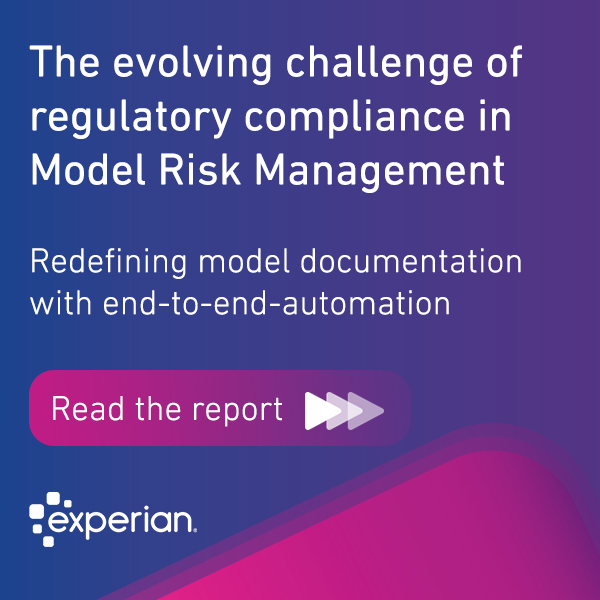Check out the 10 most popular stories of 2020 that will help to kick-start your 2021. It includes a look back on how trends evolved throughout the past year, which trends will be durable in the new year, and what the global pandemic has taught us about creating meaningful relationships between consumers and businesses.

Top 10 list of the best stories in 2020:
10. Model recalibration drives impactful results during constant change
Banks have managed through stressed scenarios in the past but none have ever had to predict customer behavior in a pandemic. General indicators of risk or stress didn’t reveal enough about what was going on in customer portfolios. Active model calibration in our current situation had a measurable effect on approvals and expected losses but executives still needed to regain control over disrupted models.
9. Digitally managing your at-risk customers most impacted by Covid-19
Lenders felt a tremendous amount of pressure this year trying to help reduce the impact of the financial burden Covid-19 put on consumers by supporting payment forgiveness and deferment programs. This made it difficult, though, to understand changes in the credit profile of a previous solvent customer and mobilize their operations teams to service these good but at-risk customers.
8. The rising need for identity verification
Consumers turned to digital when mass closures of businesses prevented in-person transactions. Even as some businesses re-opened with precautions in place, many consumers still felt it was safer to do business online emphasizing the importance of security and identity verification. But while some level of friction invokes a sense of security, too much or unnecessary friction had an adverse effect.
7. Proactively restructuring debt to help improve customer affordability
At the beginning of the year, no one could accurately predict how the world would be impacted by Covid-19 or how long it would last. Customer affordability models shifted into unknown territory and businesses tried to figure out how to assess customer risk in this new context. Lenders relied on the customer data and insights available to them and needed them to work harder at anticipating changes.
6. Be mindful of these 3 strategies when engaging customers digitally
The road to digital was already being paved when the pandemic started but consumers and businesses were pushed there to engage en masse this year. There were practical challenges that needed to be addressed in the short-term, like managing call volume with a remote workforce. But more importantly, it put the spotlight on massive areas in need of modernization, such as the management of liquidity and risk.
5. Banking trends and opportunities in the post-Covid-19 crisis era
This year was marked by adaptation, resilience, and reflection – which can be said for our personal lives – but in the context of the banking industry, it created an opportunity to change or accelerate priorities. Moving operations to the cloud, making sure decision strategies are fit-for-purpose, and applying analytics in a more useful way are some of the stickier trends we’ll likely see continue in 2021.
4. Why consumer trust in the digital experience is so important in a pandemic era
Despite the uncertainty of this past year, one thing remained certain – cultivating customer trust is critical to brand loyalty. Digital customer trust, however, required businesses to consider several specific factors that inform and build trust. Digital adoption was mistakenly considered the most important of those yet being treated fairly, customer recognition, and fraud prevention were stronger signals.
3. Game changers: Women in Artificial Intelligence
Artificial intelligence offers a lot of value, especially when used to better support customers’ financial needs. As more businesses processed huge amounts of data with advanced analytics and AI this year, human oversight was key to ensure transparency and explainability. This “human element” was the inspiration for an article mini-series featuring five women who are making a real difference using AI innovation.
2. Digital transformation through cloud-first decisioning
The credit and fraud risk decision management landscape changed this year – including how the customer journey is being redefined. Mounting consumer expectations for a better digital experience meant the front and back end of a business’ operations were no longer mutually exclusive. Cloud-based applications was the reset needed to move away from functional and product silos to focus on the customer.
1. Covid-19 as a gateway to fraud
Fraudsters are opportunistic which exposed another ugly side of the pandemic throughout the year. As people and businesses moved to digital to engage with one another, criminals exposed weaknesses in the tools, processes, and systems used to protect those interactions. Investment in fraud prevention was already on the rise but steadily increased throughout the year as new fraud trends emerged.




